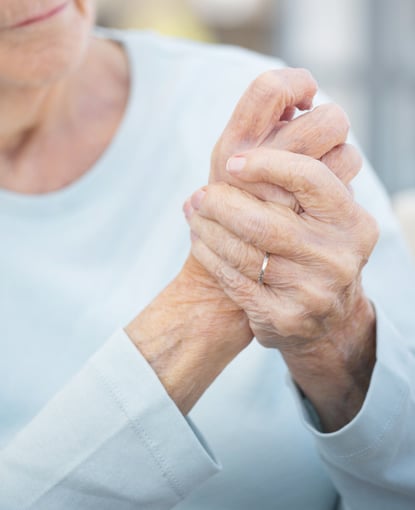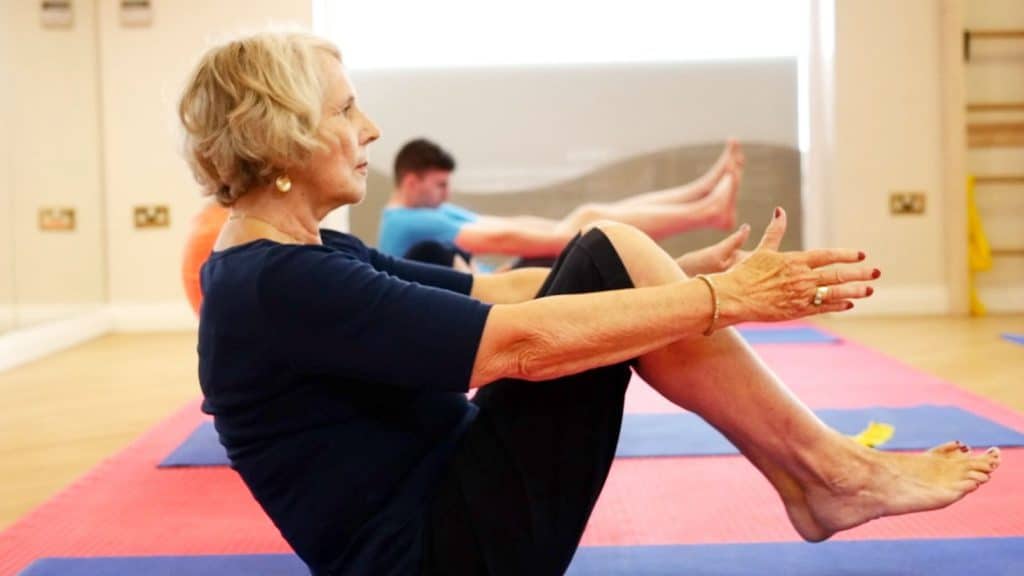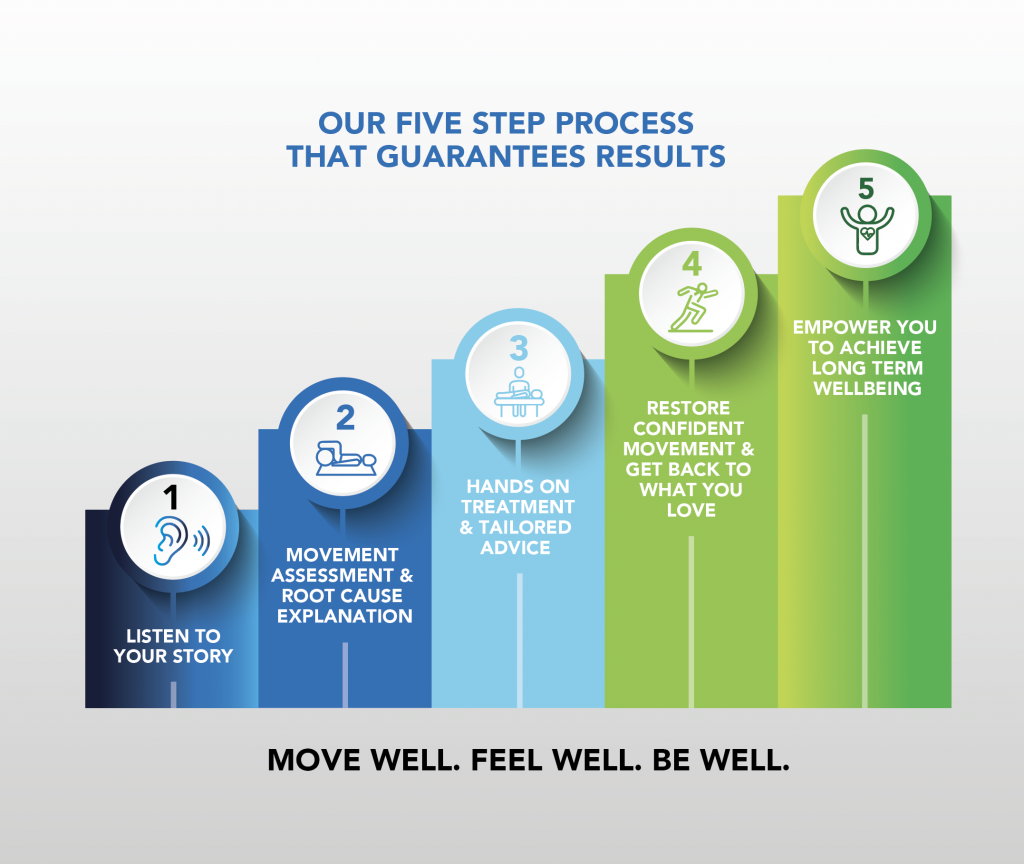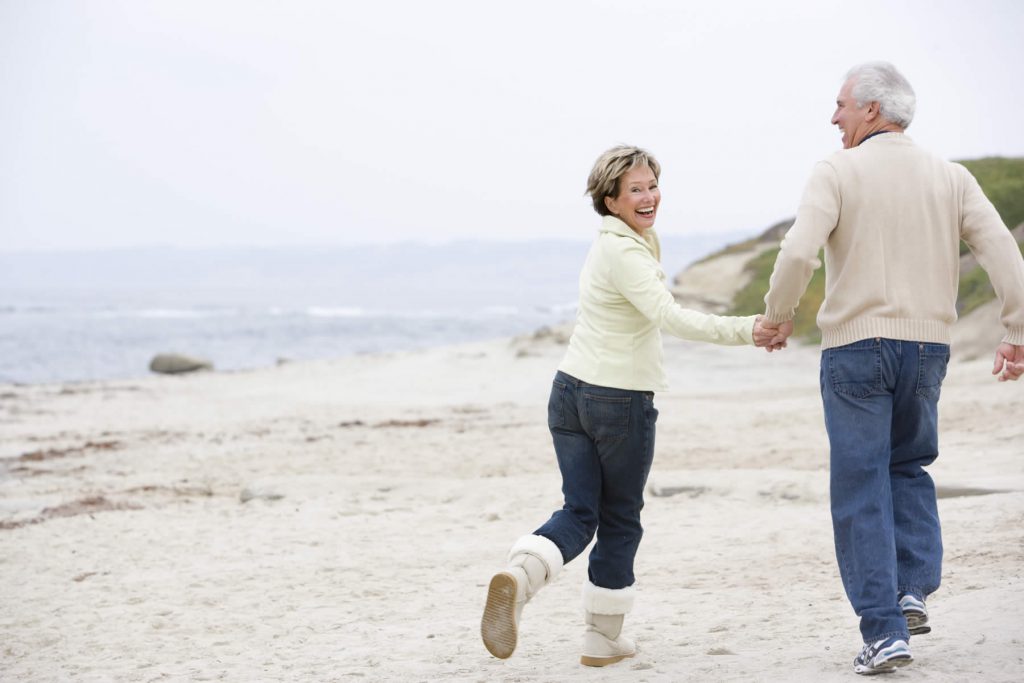Learn and understand what you can do to be proactive when it comes to living with Arthritis.
It does not have to be all doom and gloom.
Empower yourself to take positive action as you keep mobile and active .

Oh my God. I’ve been diagnosed with arthritis !!
How did this just happen?
Arthritis does not mean surgery straight away.
We all know this because it’s a very common phenomenon. It’s part of the aging process.
The worst thing in the world is that so many people think poorly of the diagnosis of arthritis.
They think that they need to take rest and medication for the rest of their days.
This is completely untrue.
In fact, the opposite is the case and that is supported by the scientific evidence and our experience as physios that see arthritis in all its wonderful presentations on a weekly basis in our clinic. We see people with arthritic knees, hips, shoulders, fingers, ankles, backs, necks, you name it. And they get back to leading a normal pain free life once they learn what the root cause of the problem is and how to manage it.
The Arthritic change can occur and is commonly referred to as wear and tear. The structures that are involved in this wear and tear process include the surfaces of the joints. These surfaces are normally covered with a substance called cartilage. The cartilage allows the joint to move freely by providing a sliding surface between the bones in the joint.
As we age these joint surfaces can start to wear. How we move, genetic factors, previous injury or surgery will also strongly influence what happens to the joint surfaces. Having a healthy balanced lifestyle can help maintain a joint functioning even if there is Arthritic change present.
What role does exercise play in treating arthritis?

It is critical then that we keep the muscles around it that support it very strong. So if you choose to not exercise or not do work and just take rest and medications, the reality of what happens is the muscles around the joint get weaker. They get deconditioned, which means they’re not able to support the joint as best possible.
Therefore, the joint is in fact taking more strain. So it’s actually worse.
Even if you’ve had pain for a long time, we see people make significant gains in about eight to 10 weeks of targeted exercise that are specific to their needs or their weakness that we can identify easily with some tests and assessment in the clinic.
The good news is we try to keep this as simple as possible. We’re not going to give you 20 exercises, for the hip or knee or whatever it is. Instead, we will try and keep it to three or four, really, really good ones for a week or two. And then we’ll give you some more advanced ones as you progress.
This is good because you’ll feel the benefit straight away. You would see how your walking is improving. You see a difference in how you’re going up and down the stairs.
If it’s a stiffness in the hand or an elbow or whatever you’ll feel stronger lifting or pushing or pulling an item.
If it’s the lower back that is stiff or the neck that’s stiff or your feet, or that creakiness that you hear, those creaky sounds and clicks they’ll be still there, but they’ll be less problematic for you.
You’ll feel a lot more confident in your movements. So this goes across the board, you’ll feel a lot more confident in every movement you do, because you’ll have retrained the movement slowly and steadily and confidently before and under our guidance.
We make this process as easy for you as possible so that you get the best possible outcome.
By how much can you improve your symptoms?

Some people come to us and ask us if they are going to make a hundred percent recovery or 20% recovery?
The real answer to this is we keep rehabilitating you until you plateau or level off. If you stop improving but you’re still doing your exercises the right way and we’ve made some adjustments and you’re still plateauing at 60 or 80% recovery, then that is it, that can happen.
The 60 to 80% is still better than you were before you started off. It’s a significant improvement.
It can happen that people had been thinking about surgery and surgery was their only option.
In fact, after just 8 to 10 weeks of work, really, really specific work, they feel that they don’t need surgery anymore because they’re moving better.
They’re stronger. They’re a lot more confident and the pain is much, much less. You know, the arthritis doesn’t really change, it’s still there, but the surrounding network of tissues and how the body moves is much, much better. So we say that it is optimized. It is improved.
Once we get everything working together properly through our five-step process and rebuilding the foundations and getting the essential movements working properly very early on, then we’re building some meaningful, long lasting strength. It’s going to stop the injury reoccurring or the problem recurring again and again.
Living comfortably with Arthritis long term
And here’s another really important thing to note as well. Quite often, we have people who stop physio or stop their exercises when they’re about 60 to 70% improved.
And this is again, not really advised. It’s a tough point for people to understand, because, at that point, most people will be pain-free or have very, very little discomfort, it’s manageable.

This is where you need to put in that extra bit of work for a couple of more months.
And that doesn’t mean like week on week physio sessions. It means every two to four weeks. Do come in for a top-up progression on your exercises to challenge yourself more, to challenge your body more.
That means you’re going to get stronger more quickly and safely so that the problem is less likely to return.
Then, when it comes to doing normal daily activities, they’re a piece of cake.
In a nutshell, we want to get away from the diagnosis element and we want to learn about it and understand it and realise that it’s not a threat to us, not a threat to your life.
And we can definitely make significant improvements. The body is a machine, it’s well able to tolerate stresses and strains.
It’s well able to recover. Your mindset and our understanding and support in that area is going to improve your recovery.
We’d be delighted to help you out. Please give us a call.
We look forward to hearing from you or someone you know.
-Move Well , Feel Well, Be Well-